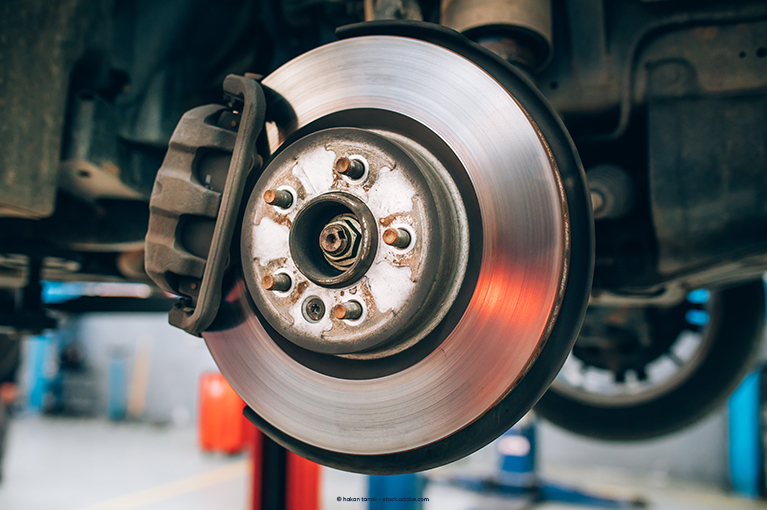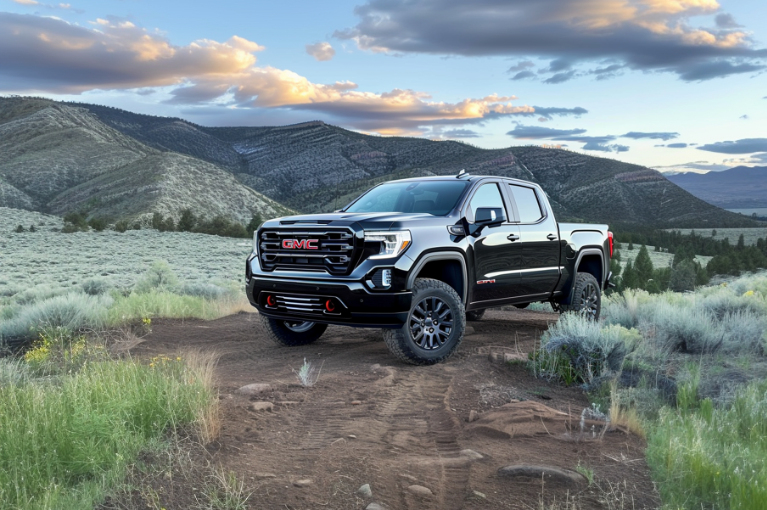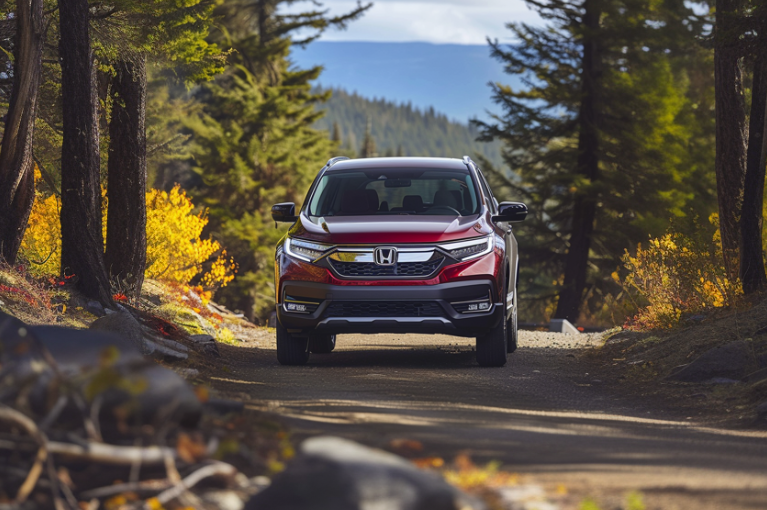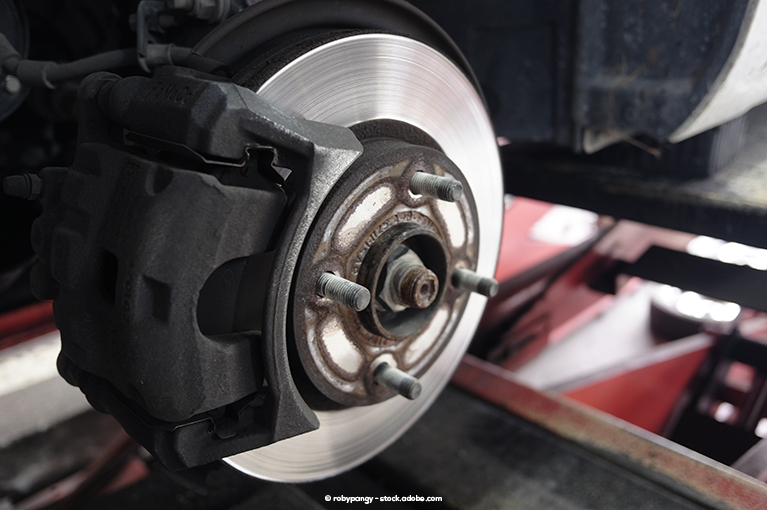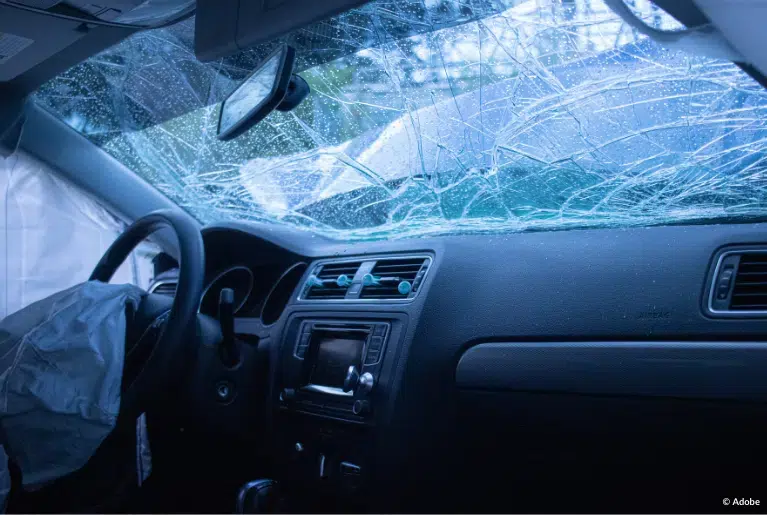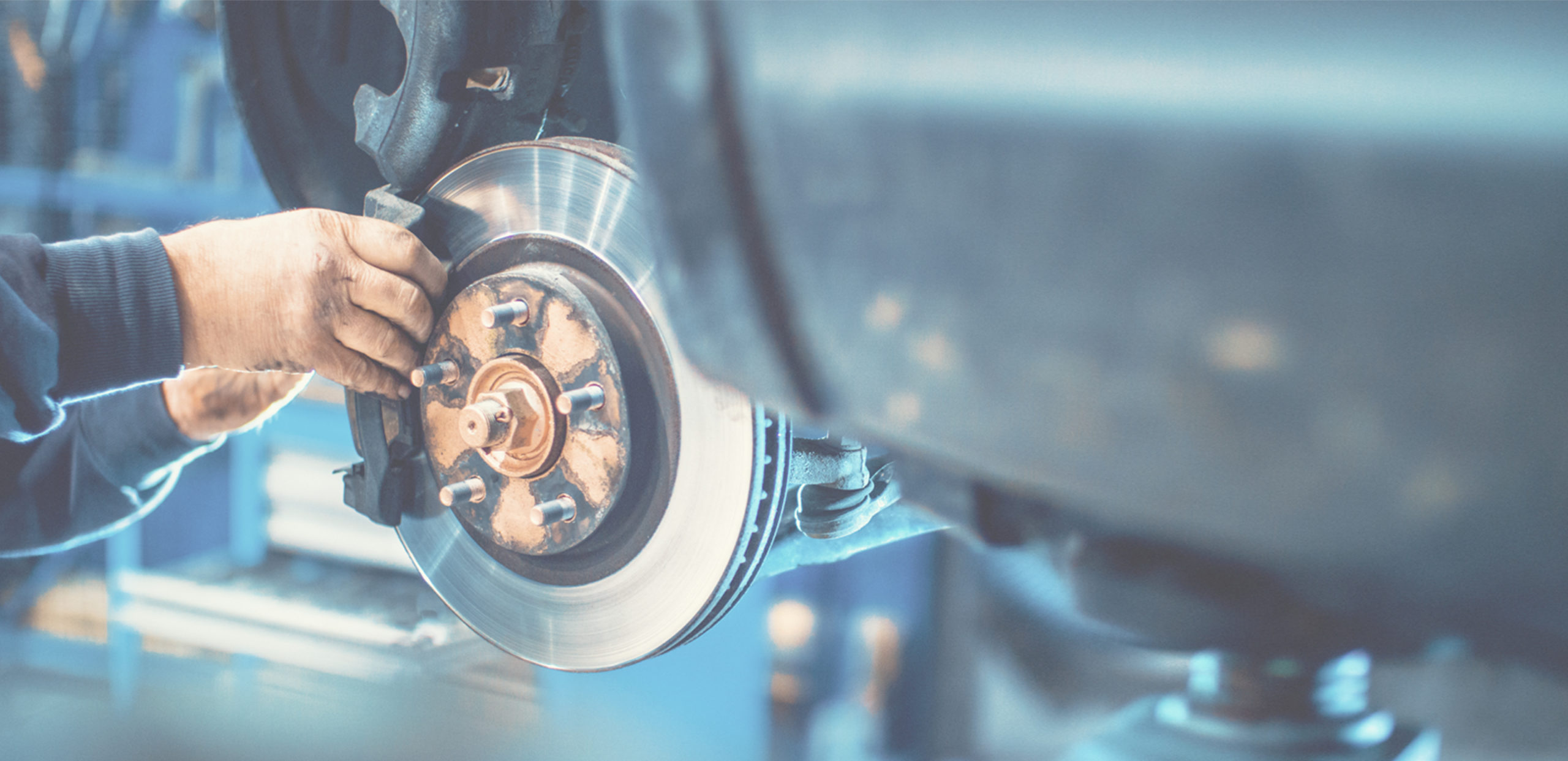The National Highway Traffic Safety Administration finalized a new rule that requires automatic emergency braking systems to become a standard feature in light vehicles starting in September 2029.
NHTSA predicts that the new Federal Motor Vehicle Safety Standard (FMVSS) No. 127 will prevent 360 deaths and 24,000 injuries per year.
The new FMVSS No. 127 comes after NHTSA and Federal Motor Carrier Safety Administration announced a separate rule requiring heavy vehicles to come standard with automatic emergency braking systems, a rule that the two agencies are in the process of finalizing.
NHTSA thought it appropriate to fill in the safety gap in what it considers to be “light vehicles,” a category that includes all cars, multipurpose vehicles (MPVs), trucks and buses with a gross vehicle weight of 10,000 pounds or less. NHTSA states that AEB system technology is now “mature” enough to be implemented in new cars and light trucks – the sort of vehicles used by the American population at large.
This decision comes after NHTSA’s evaluation of accident data, which records injuries and deaths caused by vehicle crashes. Not only that, it comes after years of attempts to perfect automatic emergency braking technology, the failures of which have provoked multiple auto defect and class action lawsuits against prominent auto manufacturers.
What exactly does FMVSS. No 127 require?
NHTSA’s new final rule requires that light vehicles, such as cars and lightweight trucks, come with Forward Collision Warning, Automatic Emergency Braking and Pedestrian Automatic Emergency Braking. All together, these systems use sensors to detect vehicles, pedestrians and other obstacles in front of the vehicle, alert the driver, and activate the brakes if a driver cannot react quickly enough to prevent a crash.
FMVSS. No 127 will require all new cars and trucks to be able to stop and avoid contact with vehicles in front of them when driving up to 62 miles per hour. It will also require that the AEB systems automatically apply the brakes up to 90 mph when a crash with another vehicle is imminent and up to 45 mph when the system detects a pedestrian. It will also require the AEB systems to be able to detect a pedestrian no matter the lighting.
How common were car accidents before the new AEB standard rule?
According to the Final Rule released by the National Highway Traffic Safety Administration, nearly 2.2 million rear-end crashes involving light vehicles were reported to the police in 2019. Out of these 2.2 million crashes, 574,000 injuries and 1,798 deaths were reported. Roughly 17% of all motor vehicle deaths were pedestrian fatalities.
The National Highway Traffic Safety Administration also cited these statistics in support of their motion to require automatic emergency braking systems in light vehicles:
- 60% of fatal rear-end crashes took place on roads with speed limits of 60 mph or below.
- 73% of injury-causing crashes were on roads with speed limits of 60 mph or below.
- 72% of fatal crashes and 74% of injury-causing crashes occurred in clear conditions.
- 51% of fatal rear-end crashes occurred during the day.
- 74% of injury-causing crashes occurred during the day.
- 65% of pedestrian deaths and 75% of pedestrian injuries were caused by the front of a light vehicle striking them.
- 77% of pedestrian deaths happened in dark lighting conditions
When automatic emergency braking systems work correctly, they can serve as a highly important safety feature in modern cars and trucks. However, our law firm has seen numerous cases of these automatic braking systems going wrong.
What Can Go Wrong With These AEB Systems?
When an auto manufacturer releases a faulty automatic emergency braking system, the vehicles equipped with these AEB systems may show the following issues:
- Alerts or warnings of obstacles that don’t actually exist
- Sudden slowing down of the vehicle
- Shuddering or jerking
- Sudden or unexpected braking
- Systems are affected by light or weather conditions
- The AEB system deactivates at random
Several manufacturers have had recurring problems with their automatic emergency braking systems. We have seen several cases of Nissan’s Automatic Emergency Braking systems causing issues in Nissan Rogue, Nissan Pathfinder and other Nissan vehicles. Some Nissan AEB defects were common enough to prompt class action lawsuits in newer Nissan models.
Honda has also experienced similar issues with its Collision Mitigation Braking System. Honda’s CMBS is part of the Honda Sensing Technology Suite, a set of systems meant to prevent collisions through the use of radars, cameras and corrective technology. Class action lawsuits against Honda allege that issues such as false alarms and random braking make the technology unreliable.
General Motors recently recalled certain Chevrolet Colorado and GMC Canyon pickup trucks because faults in its camera systems trigger GM’s Automatic Emergency Braking systems at random.
What Can I Expect With Upcoming AEB Systems? What Do I Do If Something Goes Wrong?
Expect more newer model vehicles to come with some kind of automatic emergency braking feature, along with other safety systems meant to prevent collisions. Not all vehicles equipped with automatic emergency braking systems will necessarily come with these faults. However, you should keep an eye out for signs that your vehicle’s automatic emergency braking system isn’t quite working as intended.
Make sure that your vehicle is maintained according to the auto manufacturer’s recommended maintenance schedule. If your automatic emergency braking system is showing issues such as false alarms, unexpected deceleration or random braking, take your vehicle to the dealership (and take advantage of your warranty). Keep the documents that you receive after each repair visit.
If your automatic emergency braking system is faulty and continues to make your vehicle unsafe to drive, your vehicle may be considered defective. If your dealership cannot fix the faults in your automatic emergency braking system after a reasonable number of chances to do so, you may be eligible to replace your vehicle or recover the costs of your vehicle purchase, plus other expenses related to your vehicle’s defects.
Lemon Law Help by Knight Law Group is an automotive lemon law firm that exclusively practices in California. If you are a California resident who purchased or leased a defective vehicle from a licensed dealership in California, we may be able to help you get rid of your potential lemon and recover significant cash compensation. Model year restrictions apply: 2017–Present vehicle models only.
However, we cannot help those who reside outside of California or purchased their vehicle outside of California unless they are active duty members of the Armed Forces, nor will we be able to refer those to a lemon law firm in their states.
To learn more about the California Lemon Law and your legal rights, visit our guides on the California Lemon Law and Used Car Lemon Law for more information.


